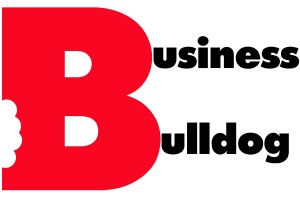When you’re green you’re growing. When you’re ripe you rot. – Ray Kroc
When owners talk about sales not being what they used to be, the quick question to ask is whether they are doing the same things that they used to in order to drive sales. It’s a simple question. If you are still doing what you have always done to drive sales and your profits aren’t what they used to be, then we need to find out what changed. It’s one of three things: Marketing Driver, Customer Tastes, or Message.
Marketing Driver
If you are “old school” and still using mailers to drive sales, the post office and the printing industry love you. Your customers are ignoring you since they read about sales at their favorite stores on their phones. The way you market didn’t change but your customer’s focus did. I still see people agonizing over whether to use TV and radio to get the word out about their brand. Why? Commercials are deleted with the tap of a button or ignored by changing the channel. You have to go where your customers are and they have a whole new home. Pewresearch.org states that 30% of the general population get their news from Facebook. That’s 30% of everyone!! Are you now getting the idea that a coupon postcard isn’t going to cut it?
Customer Tastes
If you have been in business for more than five years, then you have noticed that some of your best sellers when you opened are not selling nearly as well. Why? It’s because your customers are evolving. Do you speak with your customers or do you just sell to them? If you aren’t regularly asking your customers for their input on what they like, you are already in the process of going out of business. When you started, you were interested in what was driving your customers to buy from you and you wanted to give them what they were asking to buy. Somewhere along the timeline, you got lazy. What do you know about your customers? Are you doing tests with new products for good customers? Do you even know who your good customers are? Tracking sales from each customer is going to be more vital as you grow your business. Everything gets tracked online. Why aren’t you tracking things offline as well? Ask, learn, change and grow your business.
Message
What does your message say about your business? There are great big businesses that fall down on message. Billion-dollar brands lose customers all the time because they aren’t connecting their message to what their customers want to hear, read, or see. The story you want to tell about your products or services is up to you to get across to customers. the tricky part is making the message relevant to the people you want giving you money. Is your message old, sloppy, or does it really explain why you want them as customers? Does it connect your product or service with the customer’s life? Is it an invitation to buy? Everyone wants to know they are invited to the party. Is that what your message does? Does your message have a call to action? I see marketing every day that is missing the call to action. What is it that you want people to do?
When you are green you’re growing. Are you green? Do you still actively look for customers or do you keep doing the same thing and expect the same results? Change happens with your input or without you. Embrace the change!
Bob Griffin
Chief Bulldog-in-Charge
Business Bulldog, LLC








